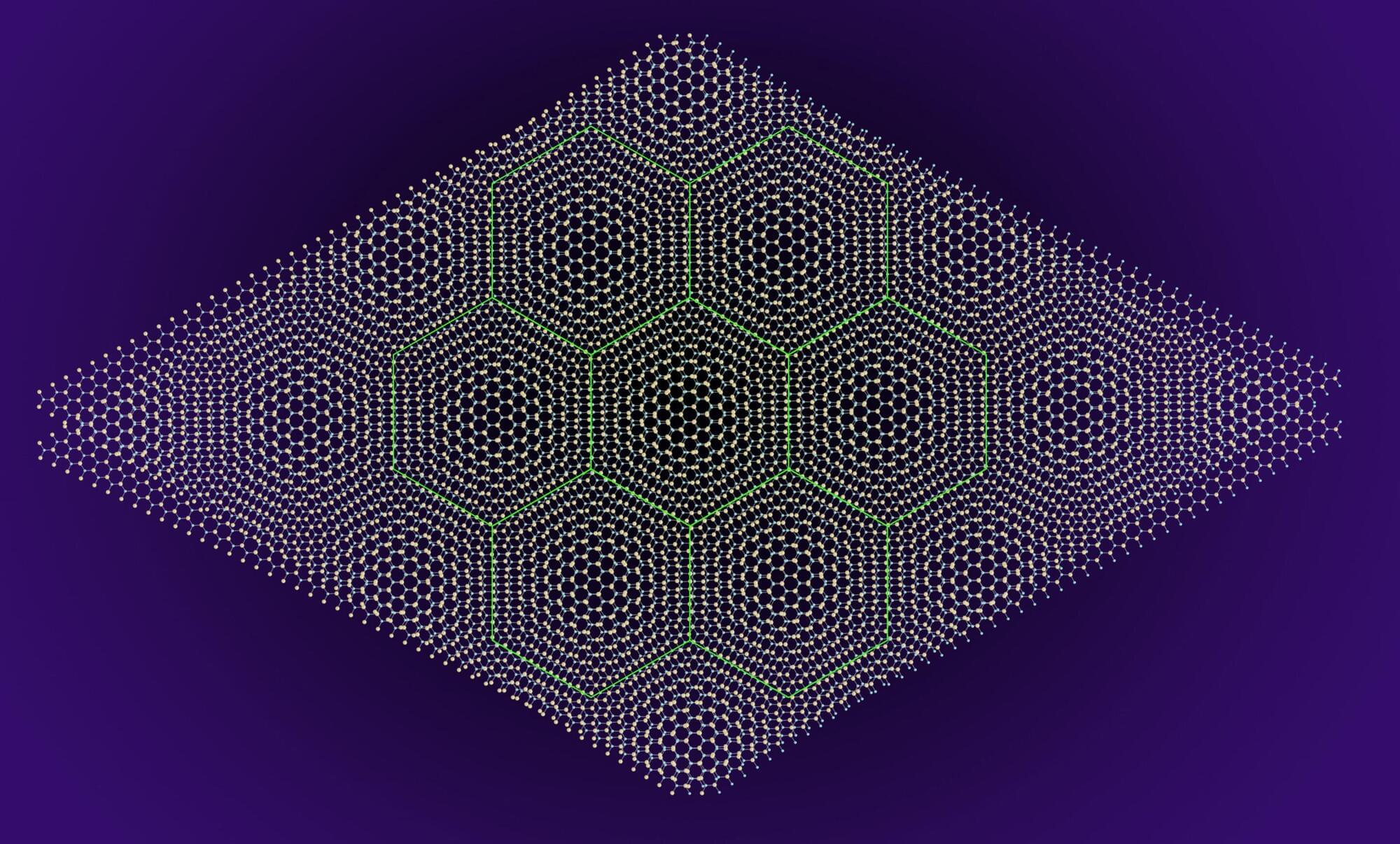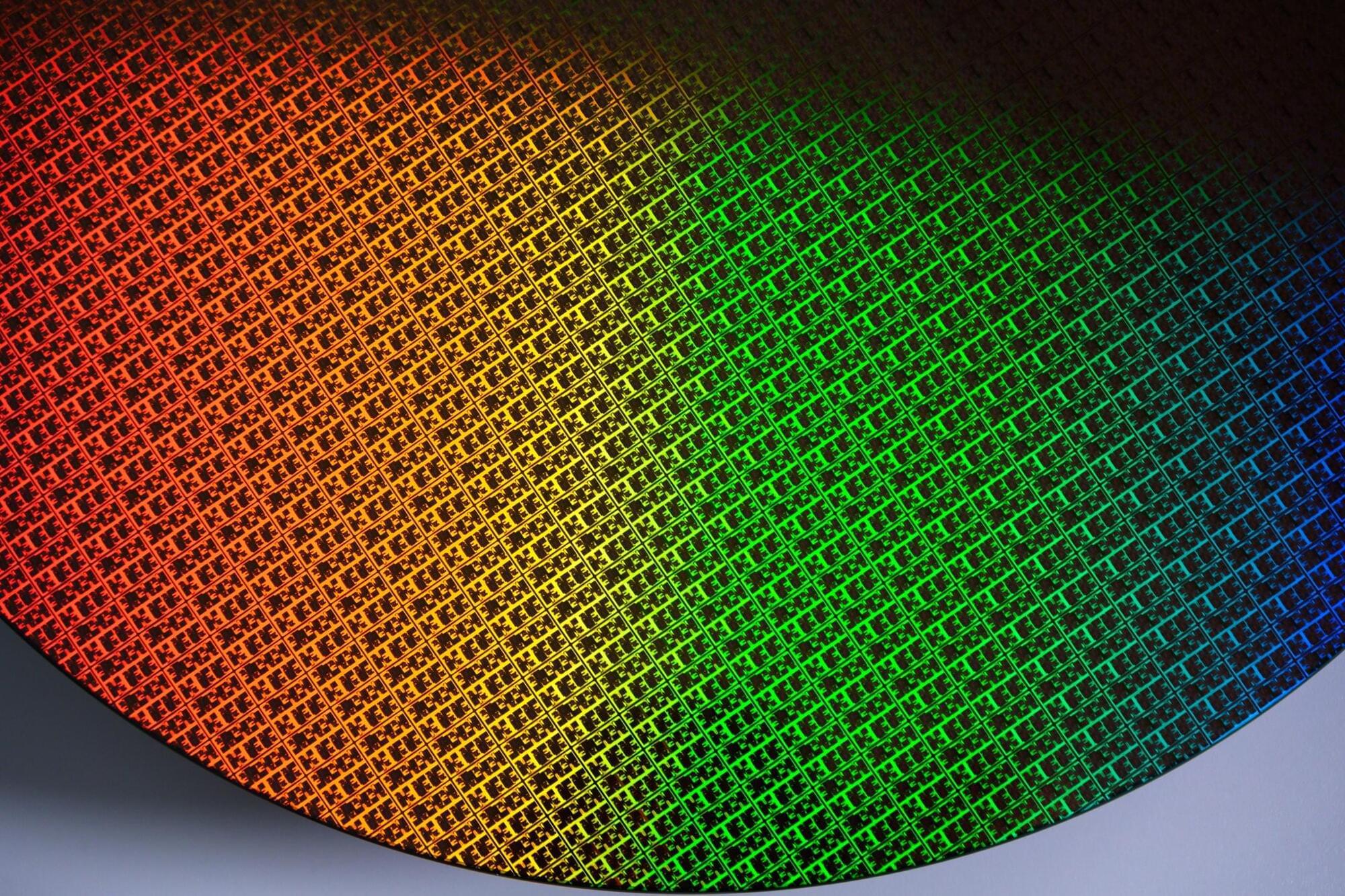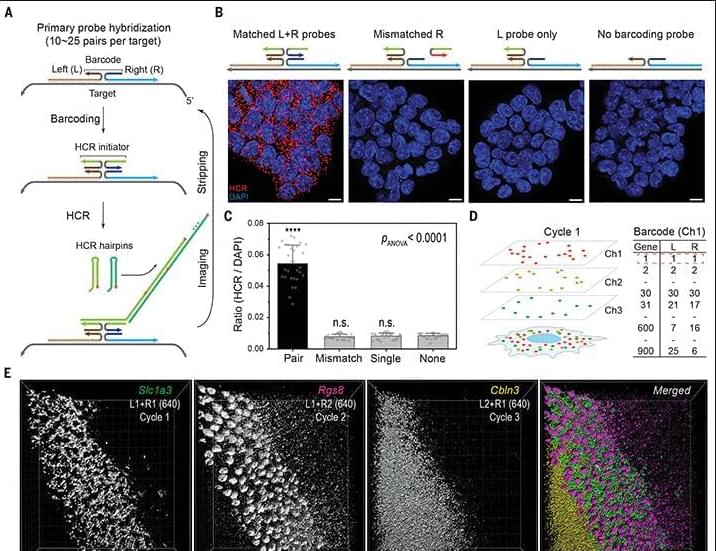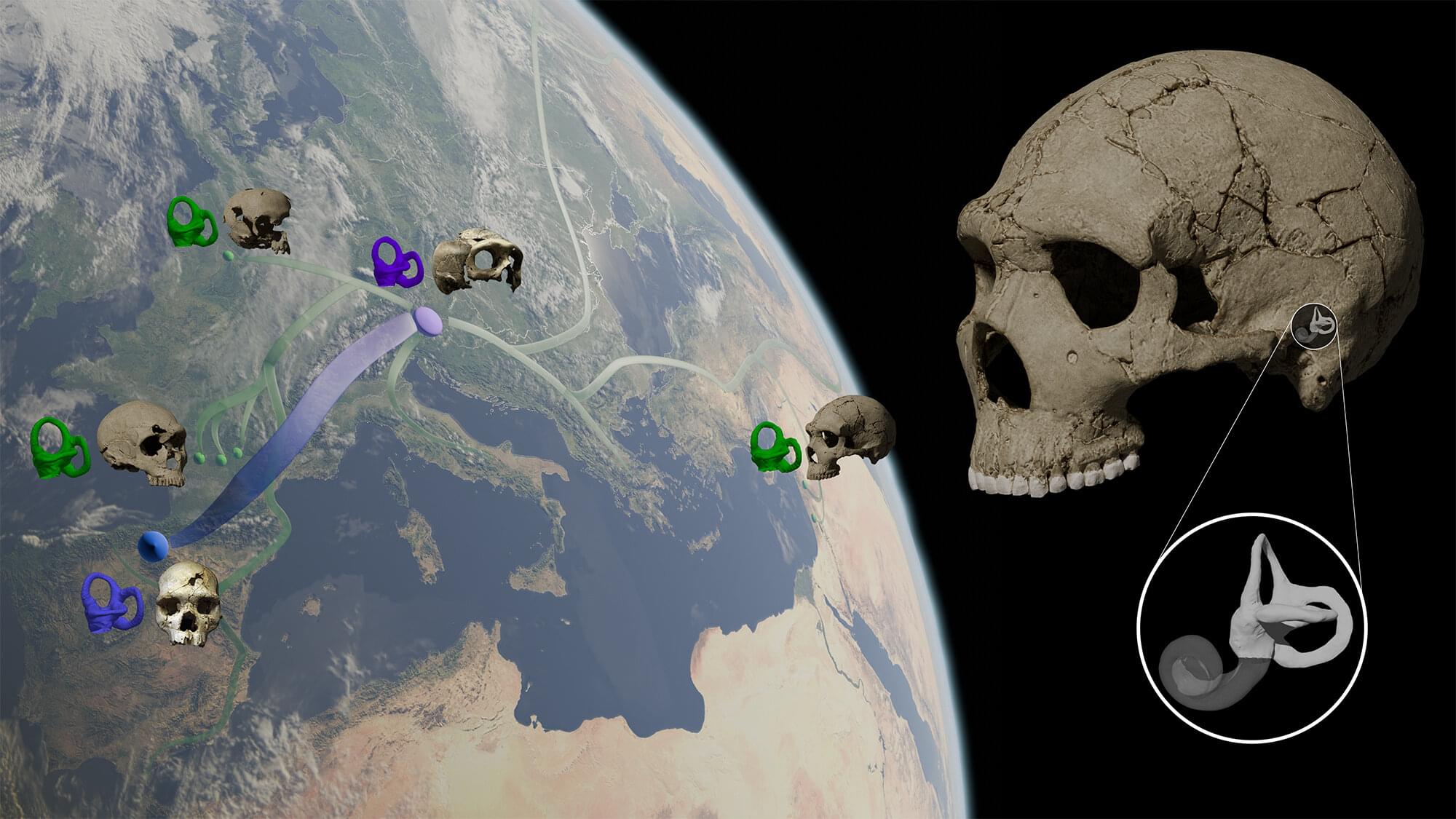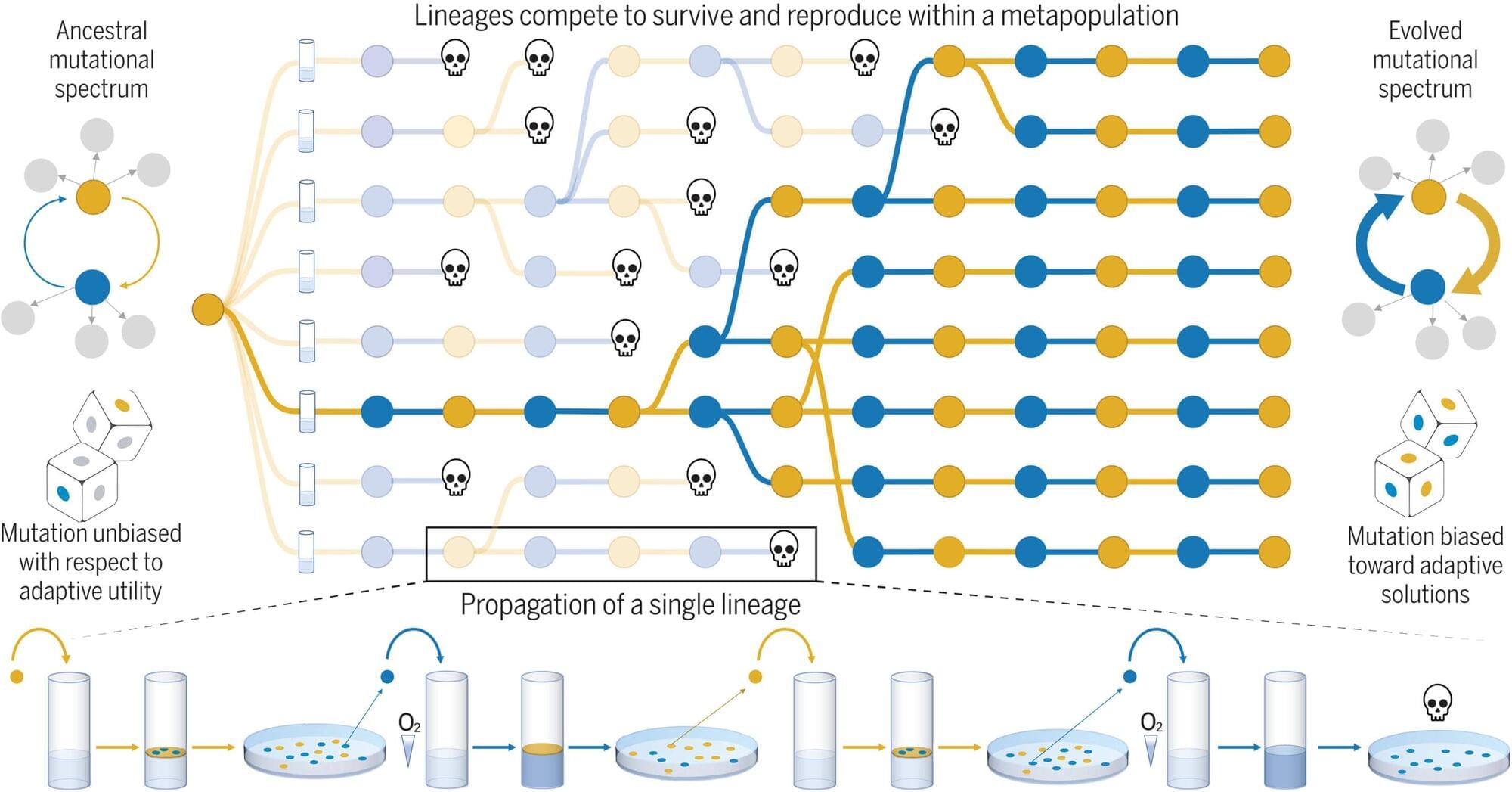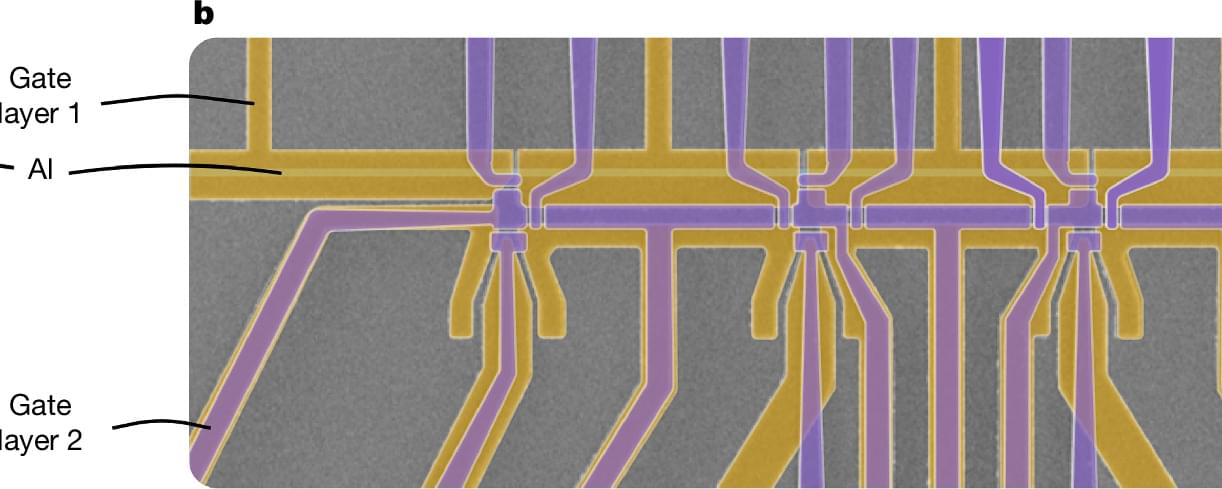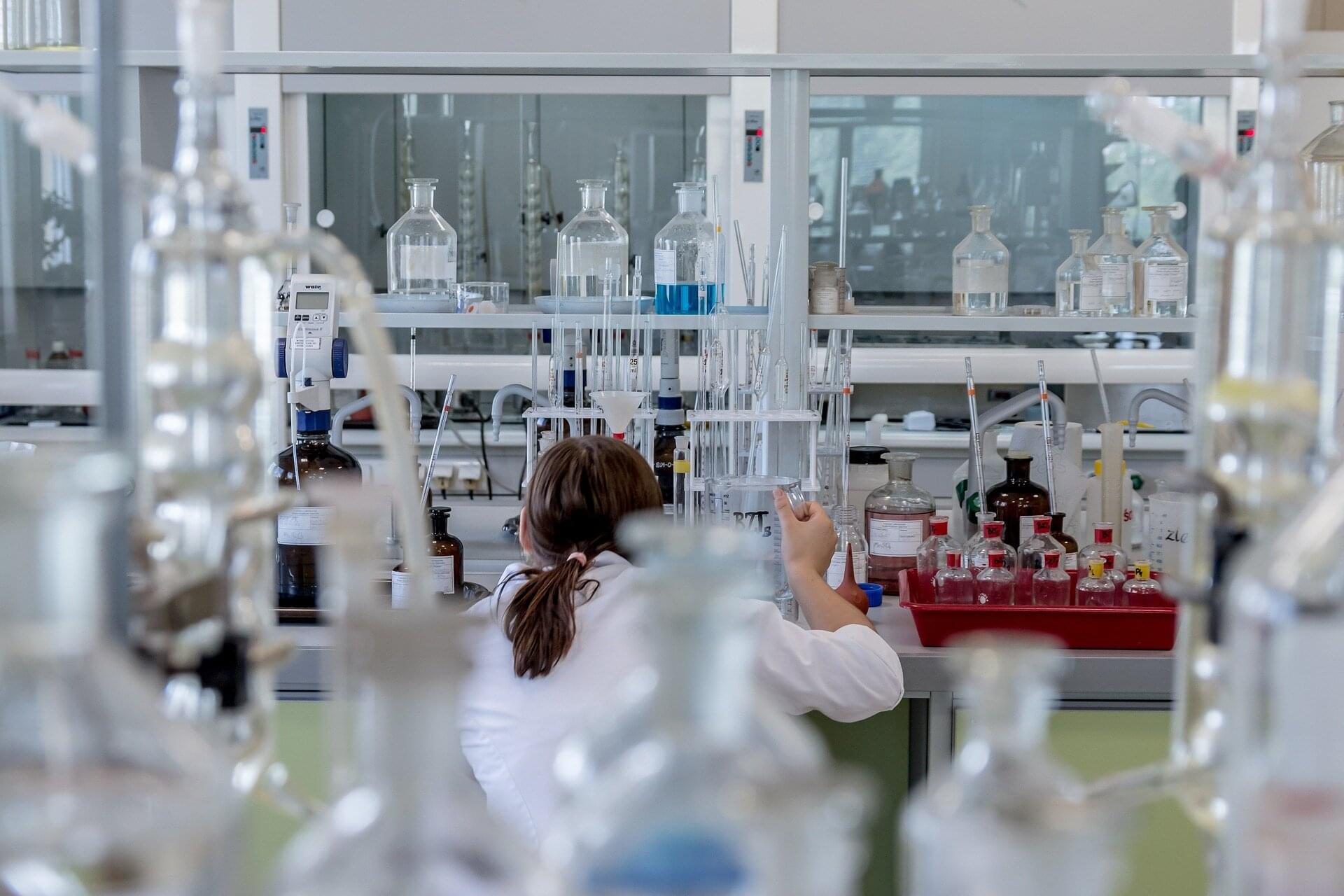New research on the inner ear morphology of Neanderthals and their ancestors challenges the widely accepted theory that Neanderthals originated after an evolutionary event that implied the loss of part of their genetic diversity. The findings, based on fossil samples from Atapuerca (Spain) and Krapina (Croatia), as well as from various European and Western Asian sites have been published in Nature Communications.
Neanderthals emerged about 250,000 years ago from European populations—referred to as “pre-Neanderthals”—that inhabited the Eurasian continent between 500,000 and 250,000 years ago. It was long believed that no significant changes occurred throughout the evolution of Neanderthals, yet recent paleogenetic research based on DNA samples extracted from fossils revealed the existence of a drastic genetic diversity loss event between early Neanderthals (or ancient Neanderthals) and later ones (also referred to as “classic” Neanderthals).
Technically known as a “bottleneck,” this genetic loss is frequently the consequence of a reduction in the number of individuals in a population. Paleogenetic data indicate that the decline in genetic variation took place approximately 110,000 years ago.
